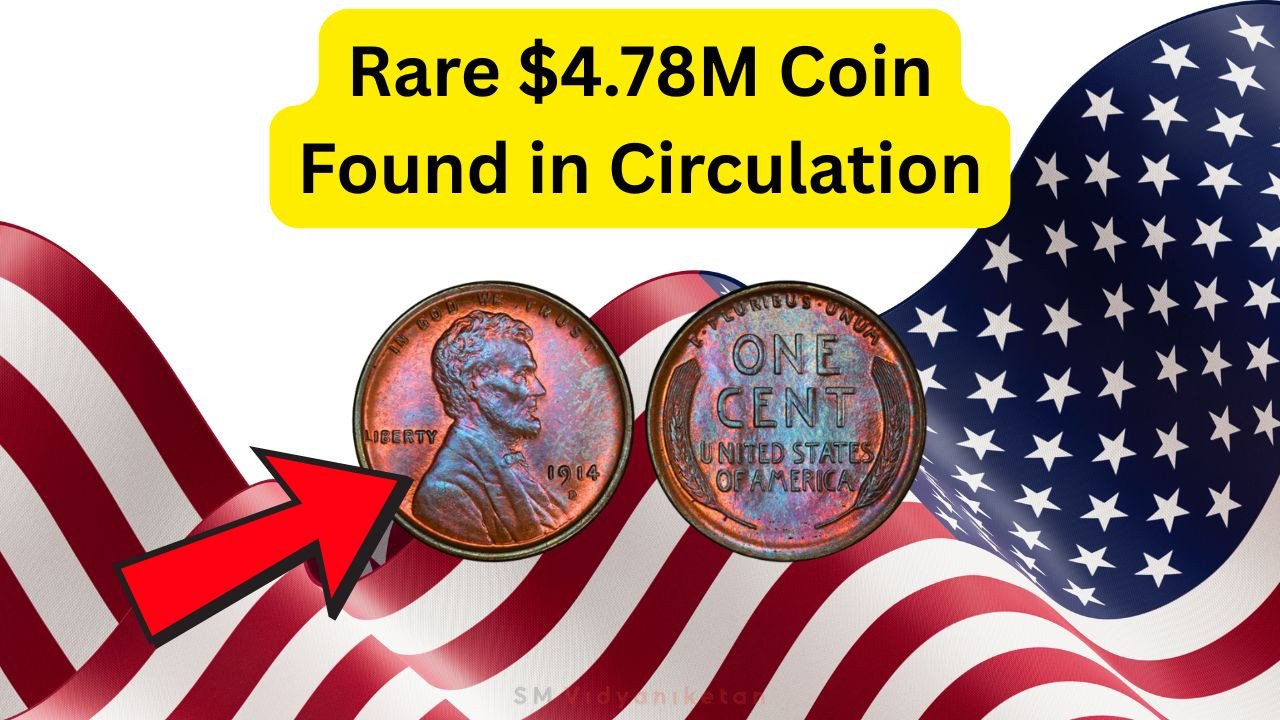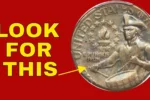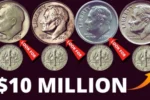The Lincoln Wheat Penny Worth $4,780,000 Is Still in Circulation – Here’s What Makes It So Valuable
The idea that a simple penny could be worth millions seems unbelievable. Yet, among the billions of coins that pass through our hands every day, one special penny—the Lincoln Wheat Penny—has collectors and coin enthusiasts on high alert. Why? Because there’s one particular version of this coin that could fetch up to $4,780,000, and it’s still rumored to be in circulation.
This article will explore what makes this penny so rare, how to identify it, and whether it could be hiding in your change jar or wallet. It’s written in a straightforward and simple way, perfect for casual readers or anyone curious about coins.
The Subheadings of the Article
-
What Is the Lincoln Wheat Penny?
-
What Makes This Particular Penny Worth $4.78 Million?
-
How Rare Is It Really?
-
How to Spot One in Your Pocket
-
Overview Table
-
FAQs
-
Final Thoughts
What Is the Lincoln Wheat Penny?
The Lincoln Wheat Penny is a one-cent coin that was first minted in 1909 and continued until 1958. It features the profile of Abraham Lincoln on the front (obverse) and two wheat stalks on the back (reverse)—which is why it’s commonly called the “Wheat Penny.”
This coin was the first U.S. cent to carry the image of a real person. Prior to that, cents usually had symbols like Liberty. The coin quickly became part of everyday life in America. While most Wheat Pennies are common and only worth a cent or a few dollars, certain years and minting errors have made some of them extremely valuable.
What Makes This Particular Penny Worth $4.78 Million?
Not all Lincoln Wheat Pennies are valuable, but a very specific version is. The one that caught the attention of collectors and is reportedly worth $4,780,000 has these special traits:
-
Rare Mint Year – It was possibly made in a year where very few of its kind were produced.
-
Minting Error – There could be something unusual, like a double strike, off-center printing, or wrong metal composition.
-
Historical Significance – Some coins were minted during special events or transitions in U.S. coin history.
-
Condition (Grade) – If the penny is uncirculated or in mint state condition, the value skyrockets.
Experts believe that only one or two examples of this penny exist in perfect or near-perfect condition. It’s a mix of rarity, mistake, and preservation that makes this coin worth millions.
How Rare Is It Really?
Let’s be honest—finding this exact penny is extremely rare. But it’s not impossible. Coins with unusual backstories have shown up in coin rolls, flea markets, and even old family jars. The coin’s rarity doesn’t mean it vanished; it just means people haven’t spotted it yet.
Many Wheat Pennies were made by the millions, but certain mint marks like “S” for San Francisco or “D” for Denver, combined with a rare year like 1943 (especially copper versions from that year), can increase the value.
Some of these high-value coins weren’t even meant to exist. That’s what makes them so exciting.
How to Spot One in Your Pocket
Here are a few tips for identifying valuable Lincoln Wheat Pennies:
-
Check the Date: Look for early years, especially 1909, 1914, 1922, 1931, and 1943.
-
Look for Mint Marks: Coins with a tiny “S” or “D” under the date can be more valuable.
-
Inspect the Material: 1943 pennies were mostly made of steel. If you find a 1943 penny that sticks to a magnet, it’s normal. But if it doesn’t, it could be made of copper—and potentially worth thousands or even millions.
-
Condition: If the penny looks unused or shiny, it might be uncirculated, which adds more value.
-
Errors: Any coin that looks misprinted, doubled, or oddly shaped might be worth inspecting.
If you think you’ve found something rare, you can have it evaluated by a professional coin grader.
Overview Table: Lincoln Wheat Penny Facts
| Feature | Details |
|---|---|
| Coin Name | Lincoln Wheat Penny |
| Years Minted | 1909 – 1958 |
| Most Valuable Version | Rare error coin, possibly copper 1943 or 1909-S |
| Estimated Value | Up to $4,780,000 |
| Current Circulation | Still rumored to exist in circulation |
| What to Check | Date, mint mark, condition, magnet test |
| Material | Mostly copper (some steel for 1943) |
| How to Sell | Through coin dealers, auctions, or appraisers |
FAQs
1. Can I still find a Lincoln Wheat Penny in my change?
Yes, it’s rare but possible. Many people still use old coins, and Wheat Pennies occasionally pop up in pocket change or coin rolls.
2. What should I do if I find one?
First, keep it safe. Then, check for date, mint mark, and material. If it seems rare, have it graded by a professional.
3. Are all Lincoln Wheat Pennies valuable?
No. Most are worth a few cents to a few dollars. Only specific years, errors, or mint conditions make them valuable.
4. How can I tell if my 1943 penny is valuable?
Use a magnet. Steel versions are common and stick to magnets. Copper versions don’t—and those are the ones worth thousands or more.
5. Where can I sell a rare penny?
You can sell it through coin dealers, online marketplaces like eBay, or even coin auctions for high-end coins.
Final Thoughts
The Lincoln Wheat Penny is more than just a coin. For many, it’s a symbol of history, value, and the excitement of unexpected treasure. The idea that a $4,780,000 penny might still be in circulation is fascinating—and gives every coin collector or curious person a reason to take a second look at their change.
If you’re lucky enough to come across one, you could be holding onto a life-changing piece of metal. So the next time you receive a penny, flip it over. Look closely. That little coin could be worth more than you ever imagined.




